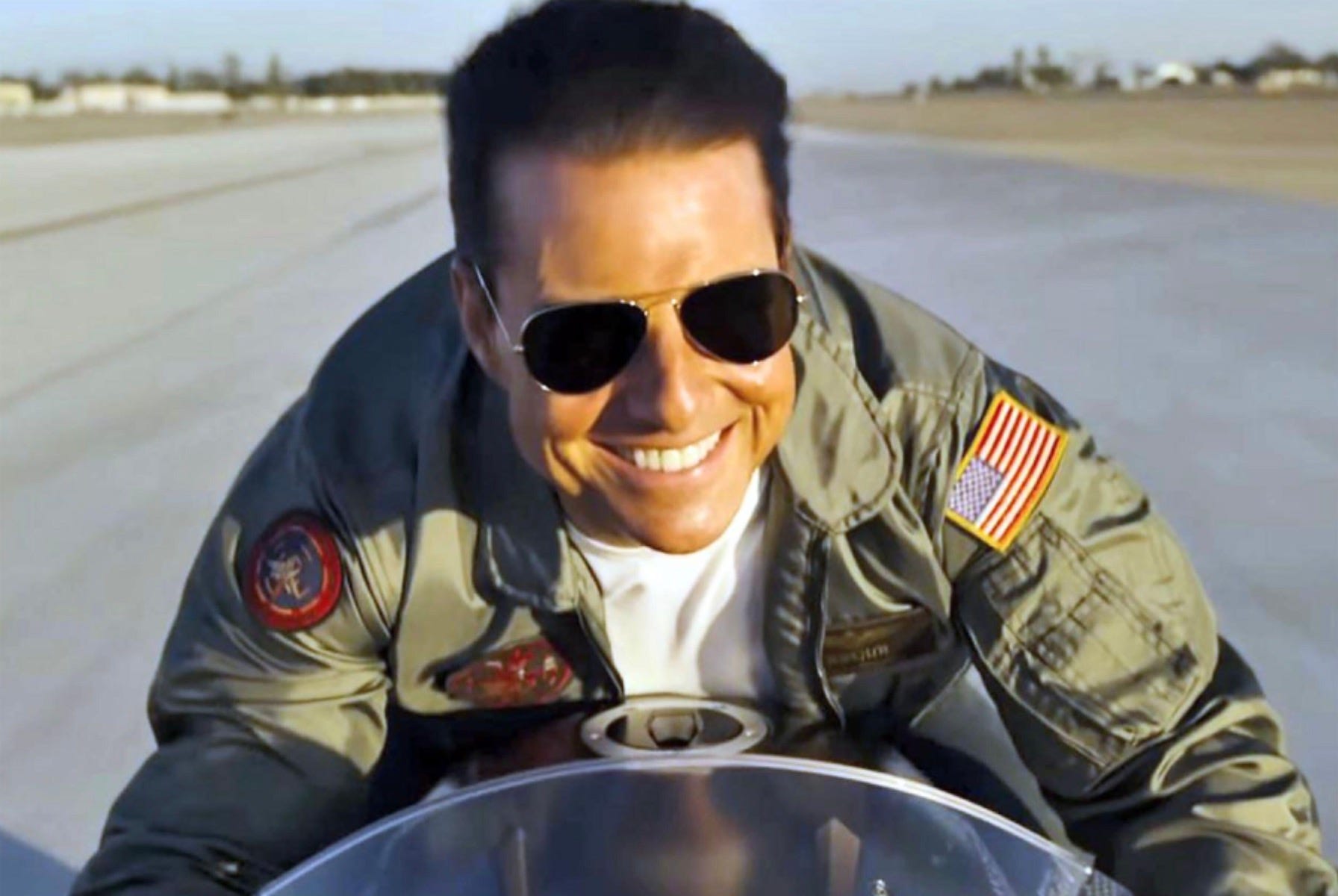Sunglasses: what pilots need to know
|
Getting your Trinity Audio player ready...
|
Choosing the right sunglasses is crucial for pilots, and not just because we all secretly want to look like Tom Cruise. Given the harsh environment pilots fly in, a good pair of sunglasses is actually a smart investment in one of your most important assets – your vision. Sunglasses make it easier to spot traffic, reduce fatigue, and protect your eyes from long term damage due to solar radiation. They can also provide some protection from debris during a bird strike.
 Solar radiation is easily overlooked by pilots, but it can have long-lasting effects. In addition to visible light, Earth is subject to both infrared (IR) and ultraviolet (UV) radiation, and exposure to UV radiation increases by about 5% for every 1,000 feet of altitude. Excessive exposure to UV light can cause sunburn and skin cancers, but it can also cause serious eye problems like cataracts and macular degeneration. As a result, the American Optometric Association recommends wearing sunglasses that incorporate 99-100% UVA and UVB protection.
Solar radiation is easily overlooked by pilots, but it can have long-lasting effects. In addition to visible light, Earth is subject to both infrared (IR) and ultraviolet (UV) radiation, and exposure to UV radiation increases by about 5% for every 1,000 feet of altitude. Excessive exposure to UV light can cause sunburn and skin cancers, but it can also cause serious eye problems like cataracts and macular degeneration. As a result, the American Optometric Association recommends wearing sunglasses that incorporate 99-100% UVA and UVB protection.
Most sunglasses meet that standard, but there is still a nearly endless variety of sunglasses to choose from. While personal preference plays a big role, pilots should consider at least three features when shopping: lens material, tint, and frame.
- Lens material. Glass and CR-39® plastic lenses have superior optical qualities, while polycarbonate lenses are lighter and more impact resistant. All three types can work for pilots—the tradeoffs are mostly a matter of opinion. Glass is the classic option, but modern polycarbonate lenses can stand up to regular abuse.
- Tint. The right tint is also mostly personal preference, but it should maximize visibility while minimizing color distortion. Neutral gray tint with 15-30% light transmittance has been popular in aviation for decades, but some newer lenses (like Cloudbase) have a more orange tint that enhances contrast in direct sunlight while still cutting glare.
- Frames. Almost every pilot wears some type of headset, so the first requirement for aviation sunglasses is that they not interfere with your Bose or Lightspeed. Thinner frames and temples are valued for just this reason, but make sure those thinner and lighter frames are rugged enough to last (we love the Flight Gear Captain’s sunglasses for this reason). Quality materials and customer reviews can tell you a lot about the durability of a pair. Aerobatic pilots should be especially careful to ensure that any sunglasses stay in place during abrupt maneuvers.
Other considerations
- Shape and size. The classic aviator teardrop shape is no accident: it provides more protection, so you can scan both outside and inside the cockpit. But this is mostly a style question: Ray-ban also offers the iconic Wayfarer style or choose a more tapered style for a modern look if you want to change things up.
- Built-in readers. If you wear reading glasses, Dual Eyewear offers a line of high quality sunglasses with built-in reading lenses. This is a great 2-in-1 option that avoids the hassle of switching glasses in flight.
A note about polarized sunglasses. Polarized sunglasses are increasingly popular among drivers and boaters, but they are not recommended for pilots. Many cockpit instruments (and many tablets too) have anti-reflective coatings that make the screen turn black when viewed with polarized lenses. This is an unwelcome surprise in flight, so avoid polarized lenses in the airplane.
- How to Succeed at Flight Training Later in Life - May 16, 2025
- Silent Threat: Carbon Monoxide Poisoning Risks for Pilots - November 18, 2024
- Starting flight training later in life: some tips for success - May 31, 2024

